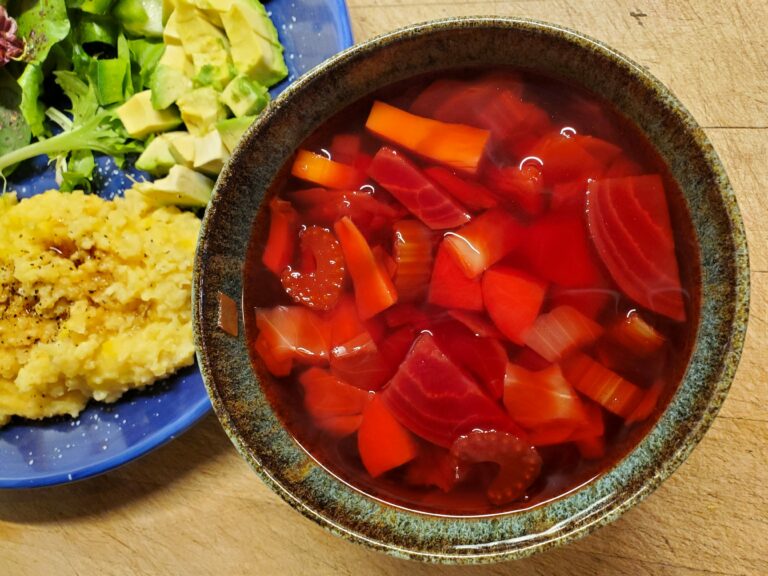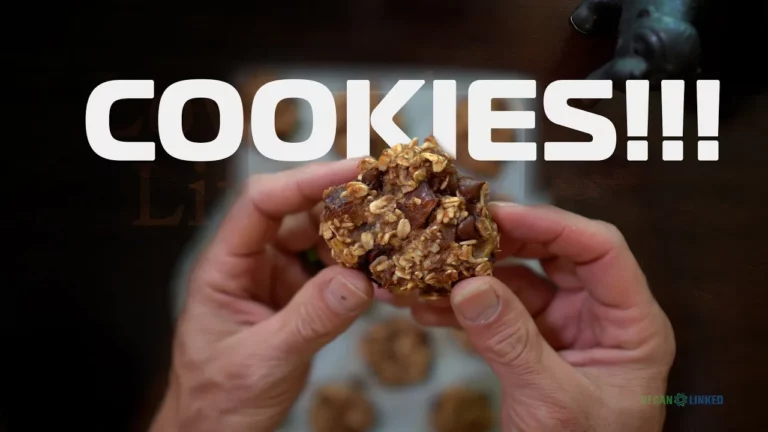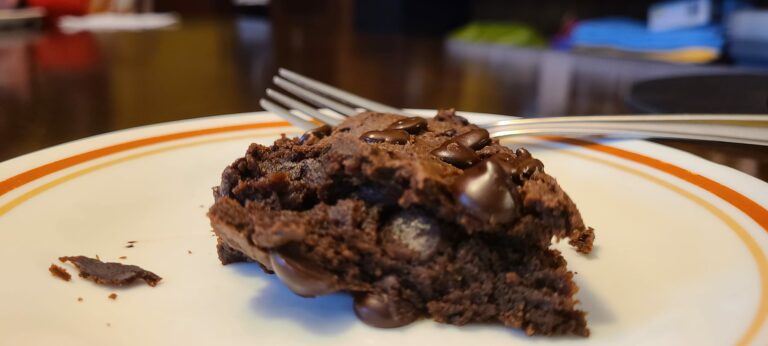New
Favorite
Ingredients 6 cups water 4 cups chopped green cabbage 1 cup sliced celery (about 2 large stalks) 1 cup sliced carrot (about 2 medium size) 1 cup chopped beet (about 1 medium or 2 smaller) 3/4 cup sliced mushrooms 1/2 cup diced red onion 1 bay leaf 1 tsp italian seasoning (or equal parts oregano, basil, marjoram, thyme, rosemary, sage) Read more...
New
Favorite
I just wanted to share this simple, base recipe real quick as I’m testing out posting to the site 🙂 I will come back and add the ingredients soon! For now they’re in the video and pictures. I love trying new cookie recipes. So, I’ll be sharing some other goodies I’ve and enjoy. It’s great to archive them here where Read more...
New
Favorite
Hello, just working on the website. I spent the last few weeks working on it and finally feel like it’s getting to a point where I can use it! So, I wanted to test out posting. I’ll have to be working on my house soon to rent it out. So I figured I would upload some pictures from before I Read more...
New
Favorite
One can of black beans 1/2 cup creamy peanut butter 1/2 cup maple syrup 1/4 cup almond flour 1/4 cup cocoa powder 1 and 1/2 tbsp unsweetened applesauce. I usually just blend a chopped up apple with some lemon. 1/4 teaspoon baking powder 1/4 teaspoon baking soda 3/4 of a cup vegan chocolate chips, at least. 1/3 cup chopped walnuts Read more...



